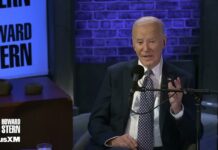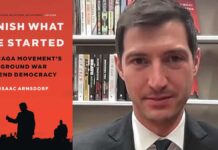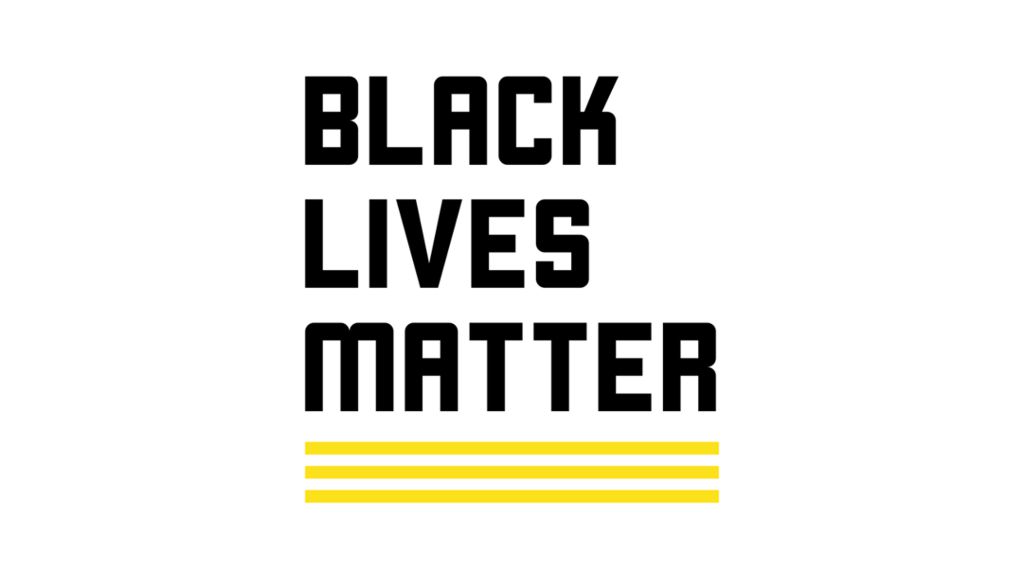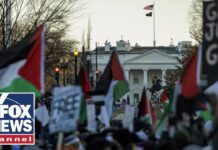Abstract
Has Black Lives Matter influenced police lethal use-of-force? A difference-indifferences design finds census places with Black Lives Matter protests experience a 15% to 20% decrease in police homicides over the ensuing five years, around 300 fewer deaths. The gap in lethal use-of-force between places with and without protests widens over these subsequent years and is most prominent when protests are large or frequent. This result holds for alternative specifications, estimators, police homicide datasets, and population screens; however, it does not hold if lethal use-of-force is normalized by violent crime or arrests. Protests also influence local police agencies, which may explain the reduction. Agencies with local protests become more likely to obtain body-cameras, expand community policing, receive a larger operating budget, and reduce the number of property crime-related arrests, but forego some black officer employment and college education requirements.
Introduction
Reacting to the acquittal of George Zimmerman for the killing of Trayvon Martin in 2013, Alicia Garza posted her reaction to Facebook:
“black people. I love you. I love us. Our lives matter.”
This post inspired activist Patrisse Cullors to create a viral Twitter tag #blacklivesmatters and, with the help of activist Opal Tometi, Black Lives Matter (BLM) was born. BLM did not transform into the protests movement it is known as today until the police killings of Eric Garner in New York City and Michael Brown in Ferguson, MO in 2014. With the world watching the unrest, BLM would quickly push the issue of police violence towards black people into the fore of American discourse. As BLM became a national movement, the movement garnished controversy from both ailes of American politics for using sometimes violent protest tactics. It was instrumental in publicizing a sequence of high-profile police killings including Tamir Rice, Walter Scott, Sandra Bland, Freddie Gray, Laquan McDonald, Philando Castile, and many others, which continued to bring exigence to lethal use-of-force by the police. A slew of reforms has followed, such as the United States Department of Justice distributing 21,000 police body cameras to law enforcement during 2014 and eight cities were issued consent decrees to improve policing.1 While the correspondence between police reform, cultural shifts, and BLM is close, BLM’s direct role is yet uncertain. Empirical literature set on disentangling BLM’s part is sprouting(e.g. Hehman et al., 2018; Mazumder, 2019; Sawyer and Gampa, 2018; Trump et al., 2018; Skoy, 2020).
The current literature has a glaring lacuna: has BLM altered police lethal use-of-force? This study answers this question using nonprofit data on police killings from Fatal Encounters Dot Org, published data on BLM protests from Trump et al. (2018) during 2014q3-2015q3, and web scraped data from 2015q3-2019q4 from Ainsley’s database of BLM protests. Difference-indifferences estimates suggest that places with BLM protests had 15% to 20% fewer incidents of lethal use-of-force than had BLM not taken place; approximately 300 fewer police homicides.
There are several potential challenges in estimating the effect of BLM protests on police homicides. First, there is considerable measurement error in data for police killings and BLM protests because current data relies heavily on media reporting that is susceptible to population-driven measurement error from under-reporting. There is currently no federal database with credible data on police killings, a long-standing problem (Fyfe, 2002). The Bureau of Justice Statistics deigned the Arrest-Related Deaths program to address this issue.
1The cities were Portland, OR; Los Angeles, CA; Los Angeles, CA; Albuquerque, NM; Cleveland, OH; Phoenix, AX; Ferguson, MW; Newark, NJ; Baltimore, MD.
The program conducts a census of all deaths occurring during the process of an arrest. The program initially failed, capturing, at best, 49% of law enforcement homicides and, at worst, 36% of homicides from 2003-2009 and in 2011 (Banks et al., 2015).
The Bureau of Justice Statistics redesigned the Arrest-Related Deaths program in 2015 to address this issue (Banks et al., 2016). Nonprofit and media organizations have filled the absence of reliable data on police homicides. Cataloging a combination of crowdsourced information, freedom of information act requests, and media coverage, groups like the Washington Post, the Guardian, Fatal Encounters, Mapping Police Violence, and Killed by Police have created publicly available datasets on police homicides. These initiatives lead 2015 FBI Director James Comey to proclaim, “It is unacceptable that The Washington Post and The Guardian newspaper from the U.K. are becoming the lead source of information about violent encounters between police and civilians.” (Zuckerman et al., 2019).
Second, there may be characteristics that influence the likelihood of BLM protests that also affect police lethal-force, some of which may be unobservable. Research has found the following are significant correlates of BLM protests: poverty, educational attainment, population size, police killings, the democratic vote share, and the portion of the population that is black (Trump et al., 2018). Many vital characteristics may not be observable and, if not directly related to police homicides, may be correlated with determinants of lethal force. Third, the prevalent rainfall instrumental variable design in the social movement literature is not valid because rainfall likely affects police use-of-force directly for the same reason moisture determines protest turnout; people go outside less when it’s raining.
Fourth, since BLM protests are motivated by police killings, police homicides likely rise before BLM protests, but only in cities where the protests occur (Trump et al., 2018; Skoy, 2020). This pre-trend difference would break the identifying assumption of difference-indifference estimators used in some related research (Mazumder, 2019; Cunningham and Gillezeau, 2018).
I address these problems with a stacked difference-in-difference design that leverages variation in BLM protests’ location and timing to uncover the BLM’s effect, contrasting four different estimators that build the above issues into the model. The benchmark specification is an unweighted two-way fixed effects estimator. The second estimator is per capita populationweighted least squares regressions, which accounts for any population-driven variance from the media neglecting protests or police homicides in less populated areas (Mazumder, 2019). I also gauge robustness to population screens and choice of dataset. The third estimator allows for semi-parametric selection on pre-protest correlates of use-of-force or BLM protests to address concerns with confounding variables. I also assess the influence of time-variant controls. To eliminate any pre-trend differences, the fourth estimator balances police homicides between treated and controls places before protests and between control places before and after demonstrations initiate elsewhere, synthetic difference-in-differences (Arkhangelsky et al., 2019).














































